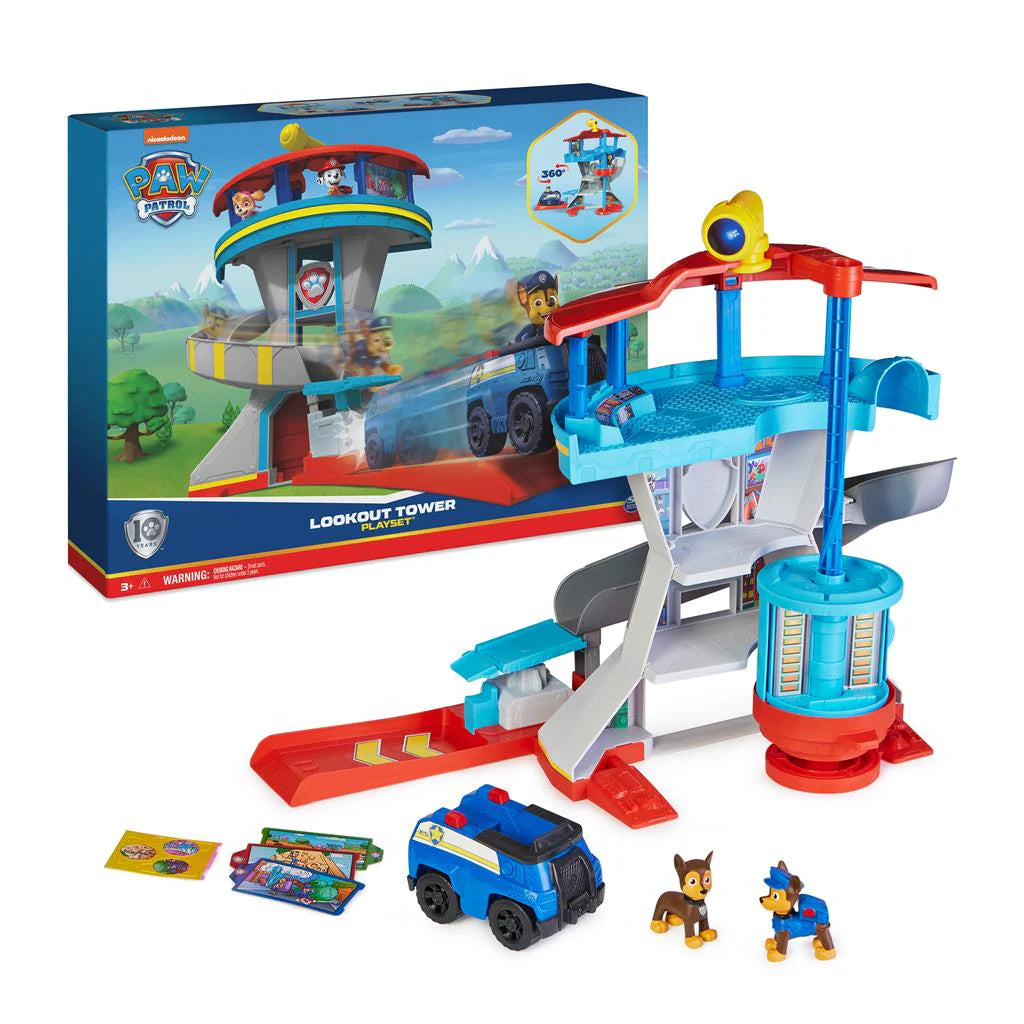Teaching Mindfulness to Kids
Benefits of Teaching Mindfulness to Kids
More than a buzz phrase, teaching mindfulness to kids has quickly become something parents and teachers are wanting to learn more about. We share its benefits plus ways of sharing it with your kids.
Many parents and schools across NZ are actively seeking out more information about teaching mindfulness to kids. It has moved on from being seen as something wacky, and instead is now recognized as a highly desirable tool to master.
We take a look at the benefits of teaching mindfulness to kids; plus, some activities you can use to introduce the concept in your family.

Why Teach Mindfulness to Kids?
Mindfulness is about focusing all your attention upon one specific thing, being present in the moment. It’s about accepting and being aware of the feelings, thoughts and sensations your body is having at that time, yet not concentrating upon them.
Being mindful provides both kids and adults with many benefits, including:
- increased attention – mindfulness teaches kids to focus on one specific thing. This in turn helps build their concentration levels, which move onto other parts of their lives such as school and sports.
- improves self-regulation – mindfulness helps kids become aware of what they are thinking and feeling. This helps decrease impulsivity, helping to balance negative emotions and reactions with more thoughtful ones.
- reduces anxiety and stress – regularly practicing mindfulness will help a child reduce any anxiety symptoms and lower stress levels.
- raises positivity – by being able to acknowledge their experiences and emotions, a child can work through their feelings, accept them and move forward with more positivity.
- increase self-esteem – as being mindful requires a child to concentrate upon self-awareness and self-compassion, mindfulness helps reduce a negative self-image, raising a child’s self-esteem.
Tips on Teaching Mindfulness to Kids
Kids learn best through play and when they are enjoying themselves. So, keep your ‘lessons’ light, bright and fun!
- focus on a sound – when starting to learn how to focus on one thing, listening to an object like a singing bowl works. Remind them to keep listening until they can no longer hear the noise, which helps them to ignore the other sounds.
- count breaths – when lying on their back with their eyes shut, encourage your child to count their breaths. If their mind wanders and thinks of other things, remind them to concentrate on their breathing.
- play games – having your child pretend they are walking on thin ice helps them to be mindful about where the different parts of their body are.
- blindfold taste test – help your child focus on the taste of a piece of food in their mouth, moving it around and then telling you what it is.
It can also help having an object to look at or feel when learning how to be mindful. You could try the Very Hungry Caterpillar Touch and Feel Playbook for young children and the Crystal Hanging Vortex Spinner for older kids.




Thanks for the tips have wanted to know more about teaching mindfulness and your tips are really helpful
Thanks!
Leave a comment